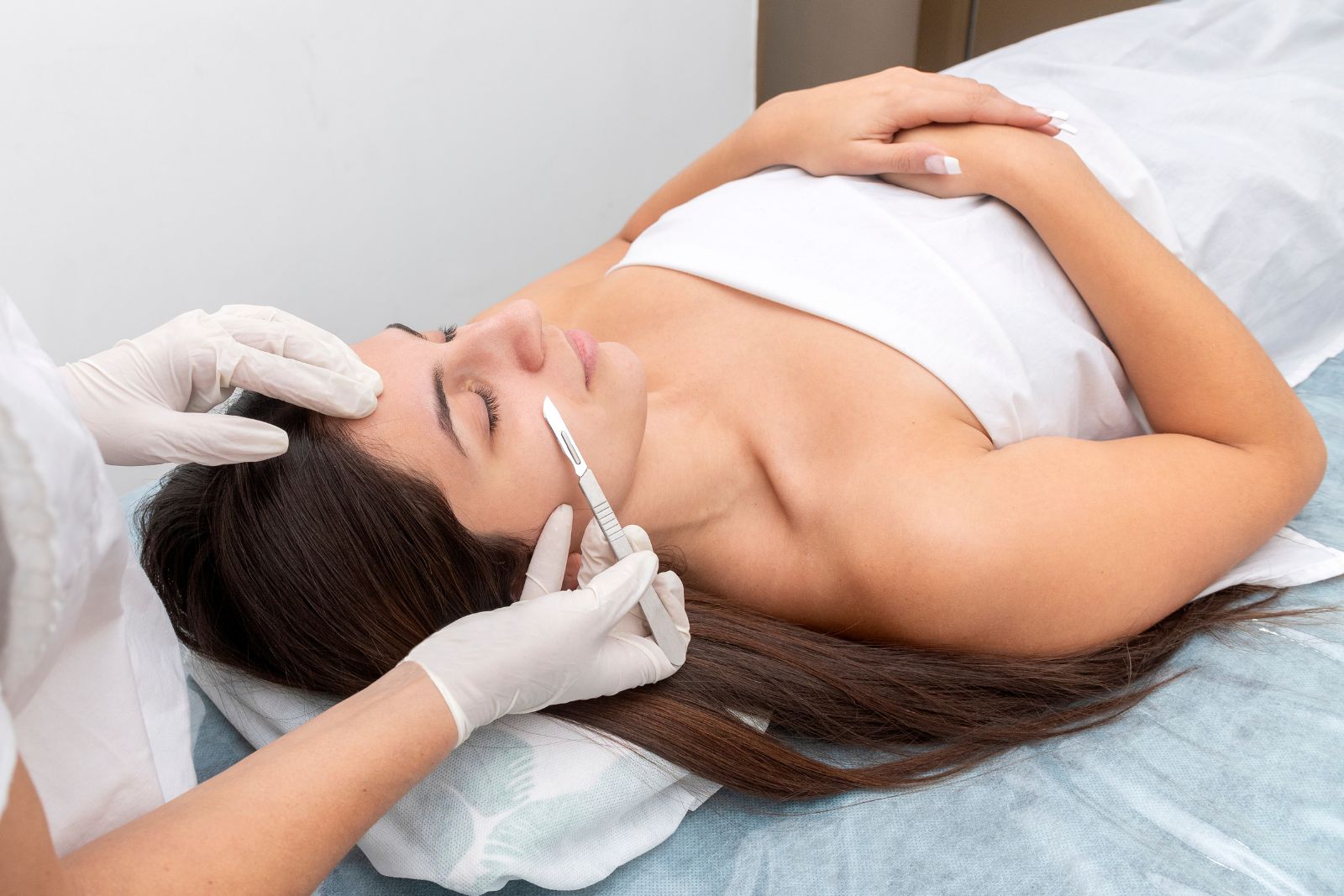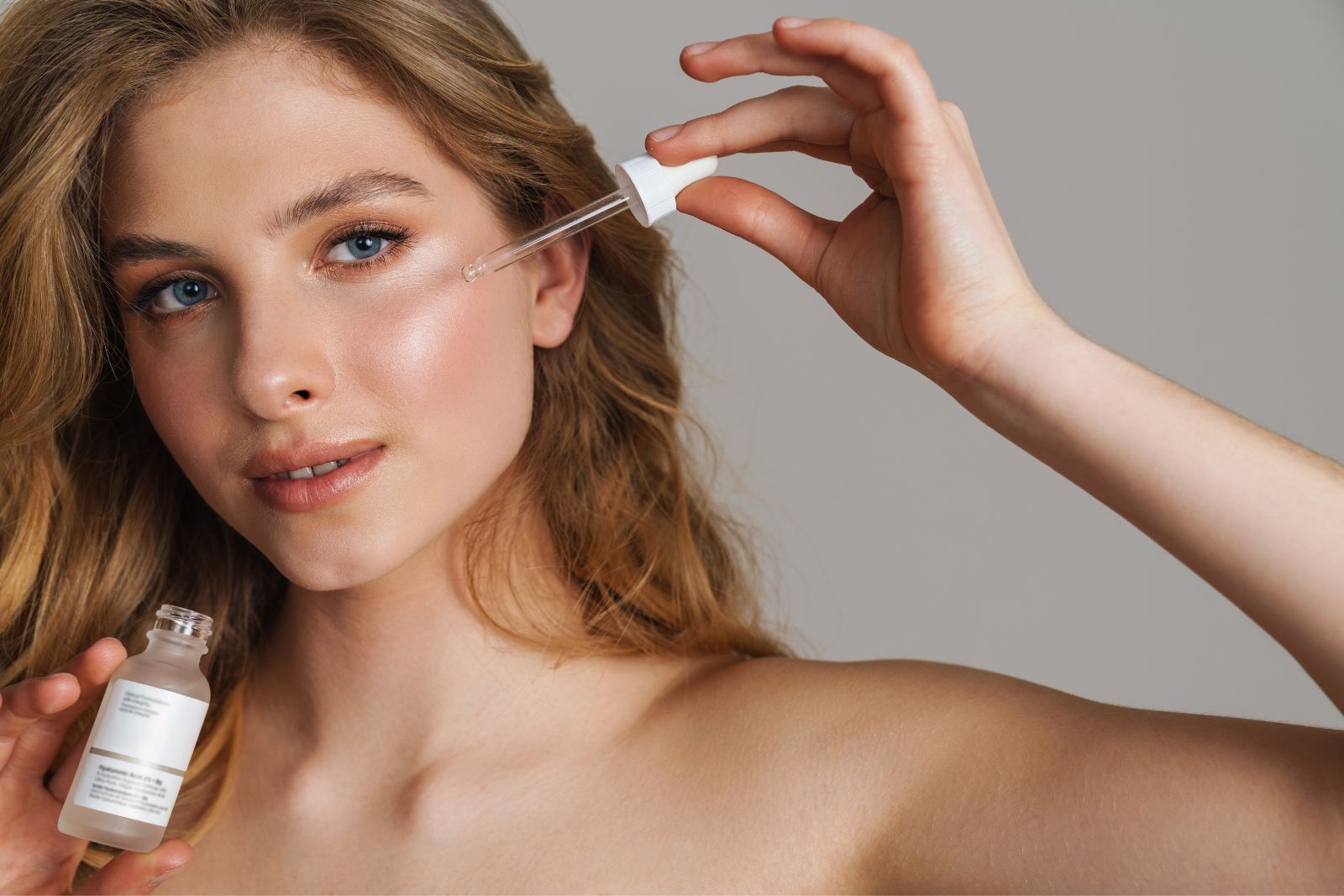Dermaplaning, a transformative beauty procedure, is sweeping through the skincare industry with its promise of delivering a flawless, radiant complexion. Increasingly incorporated into contemporary skincare routines, dermaplaning is lauded for its ability to cater to a broad spectrum of skin types, offering an all-encompassing approach to enhanced natural beauty. As we delve deeper, you’ll discover why dermaplaning could be the key to unlocking a more luminous you. Explore what awaits you in this enlightening journey towards radiant skin:
- Understanding Dermaplaning: Dive into the technique and tools behind this popular skincare treatment.
- Benefits Galore: From smoother skin to better product absorption, uncover the multitude of advantages.
- Tailored for You: Who should consider dermaplaning facials and who should steer clear.
- Session Walkthrough: What to expect from your first dermaplaning session at a professional spa.
- Post-Treatment Care: Tips to maximize and maintain your newfound glow.
- Why Choose Us: Discover the unique benefits of experiencing dermaplaning at Aesthetics MedSpa in Reno.
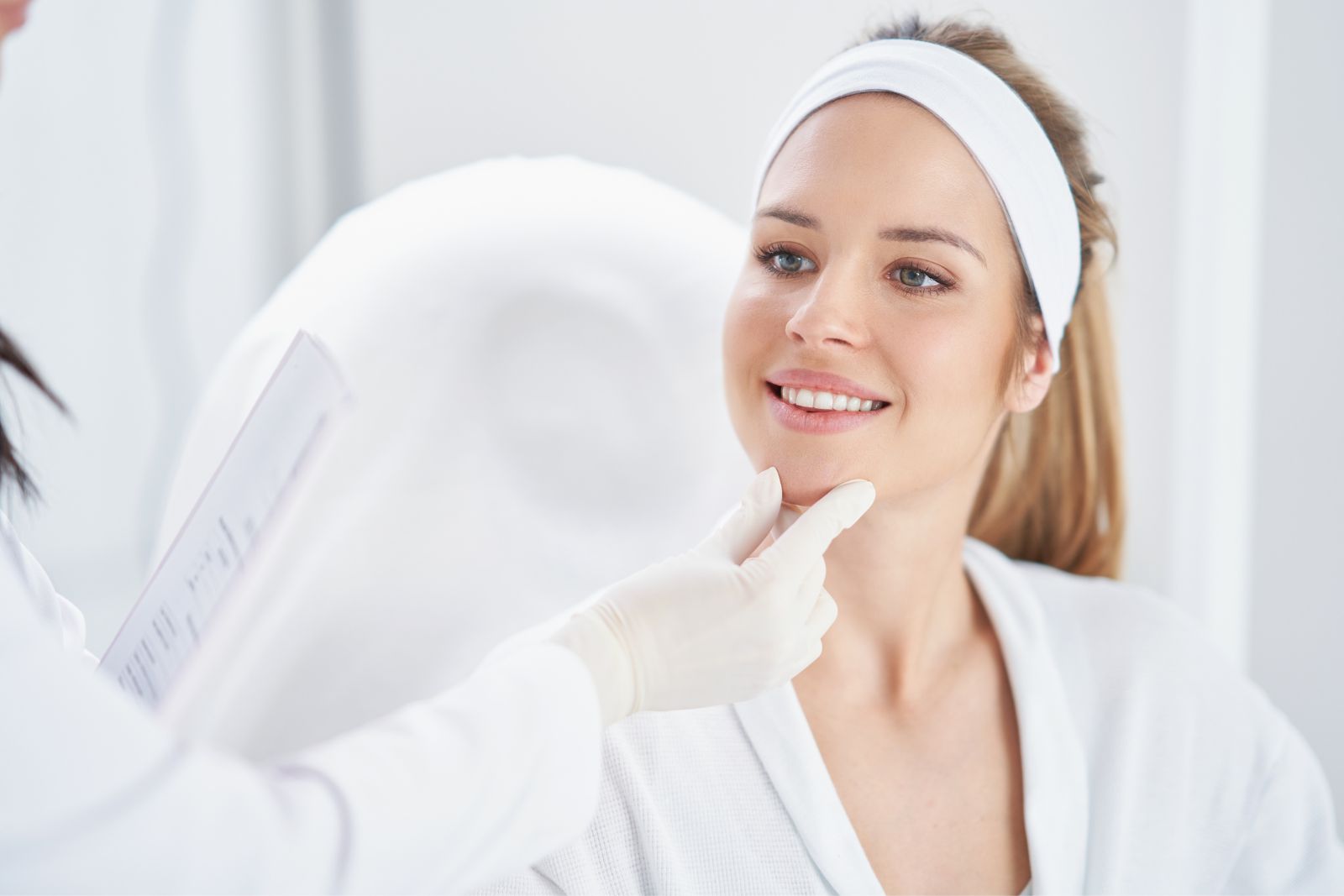
Ready to transform your skincare routine? Keep reading to find out how dermaplaning can become a pivotal part of your journey towards perfect skin.
What is Dermaplaning?
Dermaplaning is a cosmetic procedure primarily utilized to enhance the skin’s appearance by removing the outermost layers of dead skin and fine vellus hair, commonly referred to as peach fuzz. This mechanical exfoliation not only smooths and revitalizes the skin but also helps reduce the appearance of fine lines and acne scars, making it particularly beneficial for those with dull, dry, or sun-damaged skin.
Tools Used in Dermaplaning Facials
The precision of dermaplaning is achieved through the use of specialized surgical blades. Key types used include the No. 10R and No. 14 surgical scalpel blades. The No. 10R is smaller and rounded, ideal for detailed work on smaller or rounded areas of the face, whereas the No. 14 blade is larger and suited for broader areas. These tools are designed to offer a high degree of control and safety, minimizing the risk of accidental nicks or cuts.
Safety and Precision
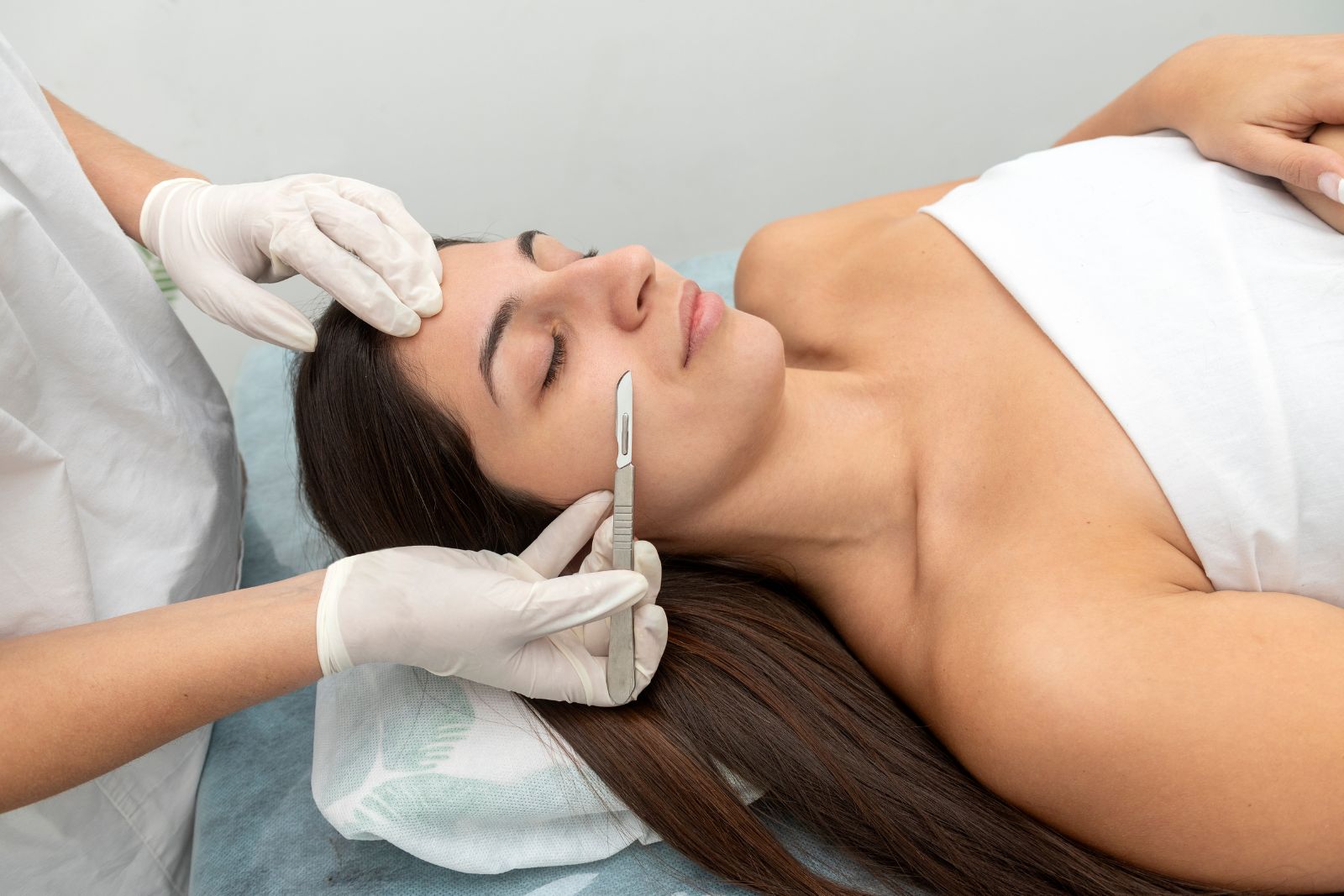
Safety in dermaplaning is paramount, given the use of sharp surgical blades. Advanced safety features may include blade guards or retractable blades to prevent accidental cuts. It is crucial that these tools are used by trained professionals to ensure the procedure is performed safely and effectively. Providers typically use high-quality, sterile blades to maintain safety and hygiene standards. Want to learn more about dermaplaning? Check out our comprehensive article Dermaplaning Explained. In sum, dermaplaning is a safe and effective skin rejuvenation treatment when performed under the right conditions with proper tools and techniques.
The Benefits of Dermaplaning Facials
Dermaplaning offers a host of benefits for improving skin appearance and health. This simple, non-invasive procedure removes the top layer of dead skin cells and peach fuzz combating an uneven skin tone and ensuring a brighter complexion. This process not only smooths and refreshes the skin but also enhances its texture and tone.
Primary Benefits of Dermaplaning:
- Smoother Skin: By removing dead skin cells and facial hair, dermaplaning leaves the skin smoother and more youthful-looking, making it easier to maintain cleanliness and reducing susceptibility to breakouts.
- Enhanced Product Absorption: With the removal of surface barriers, skincare products can penetrate deeper, improving their efficacy and leading to better hydration and nourishment of the skin.
- Improved Makeup Application: Makeup applies more evenly and smoothly on exfoliated skin, enhancing cosmetic outcomes.
- Reduction of Acne Breakouts: Cleaner skin is less prone to acne and future breakouts, as there are fewer obstructions for dirt and oil to accumulate in pores.
- Reduced Pore Size: Clearing out the pores can make them appear smaller and decrease the likelihood of future clogs and breakouts.

Dermaplaning is just one of the many types of facials available in the cosmetic industry. You’ll also want to read Benefits of Facials: Transform Your Skin’s Health. Dermaplaning is safe and quick, generally involving no downtime, which allows for an immediate return to daily activities. However, it’s important for those with active acne breakouts to avoid dermaplaning until their skin clears up to prevent exacerbation of their condition.
Ideal Candidates for Dermaplaning Facials
Dermaplaning is suited for a wide array of skin types, particularly those looking to improve skin texture and appearance. Individuals with dull, dry, or sun-damaged skin can benefit greatly from this treatment as it helps to remove dead skin cells and peach fuzz, revealing a smoother and more radiant complexion. It is also effective for mature skin as it helps to minimize the appearance of fine lines and wrinkles, promoting a more youthful appearance. According to beauty experts, those who want a better canvas for makeup application or enhanced absorption of skincare products should consider dermaplaning as part of their skincare routine. Read more about how to reduce the appearance of fine lines and wrinkles in Wrinkles, Sagging, and PDO Thread Lifts.
Who Should Avoid Dermaplaning?

However, dermaplaning is not for everyone. Those with active acne or any kind of open skin lesions should avoid this procedure to prevent further irritation or the spread of bacteria. Similarly, individuals with highly sensitive skin or certain skin conditions like rosacea, eczema, or psoriasis are advised to consult with a dermatologist before undergoing dermaplaning. According to dermatological guidelines, anyone experiencing frequent outbreaks of cold sores or herpes simplex around the mouth should also steer clear of dermaplaning, as it can trigger flare-ups. Dermaplaning can offer remarkable benefits by refining the skin’s texture and enhancing its natural beauty, yet it must be approached with caution for those with specific skin concerns.
What to Expect During a Dermaplaning Session
A typical dermaplaning session at a medical spa begins with a thorough consultation, where a skilled esthetician assesses your skin type and discusses your skincare goals. This initial assessment is crucial to tailor the treatment to individual skin needs and ensure the safety and effectiveness of the procedure. During the treatment, the esthetician will use a sterile surgical scalpel to gently scrape off the top layer of dulling dead skin cells and fine vellus hair. This process, known as mechanical exfoliation, is designed to smooth and rejuvenate the skin, enhancing its overall texture and tone. Clients should expect the session to last about 30 minutes, during which the skin will be treated with precise, gentle strokes to minimize discomfort and maximize results. After dermaplaning, the skin may appear brighter and feel softer immediately, with no downtime required. Applying a broad-spectrum sunscreen post-treatment is essential to protect the newly exposed skin from UV damage. The esthetician will also provide aftercare advice to help maintain the benefits of the treatment and prevent potential irritation. This non-invasive procedure is ideal for those looking to reduce the appearance of fine lines, brighten their complexion, and improve product absorption without the use of harsh chemicals or invasive techniques.
Aftercare and Maintenance for Dermaplaning Facials
After a dermaplaning session, proper aftercare is essential to maximize the benefits of this exfoliating treatment and maintain the health and appearance of your skin. Post-Dermaplaning Skincare Tips:
- Hydration: Keep your skin well-hydrated post-treatment using fragrance-free, gentle moisturizers to enhance recovery and maintain moisture balance.
- Sun Protection: Apply a broad-spectrum sunscreen daily to protect the fresh, sensitive skin from UV rays, as the skin is more susceptible to sunburn and damage right after dermaplaning.
- Gentle Cleansing: Use a soft, non-abrasive cleanser to avoid irritating the freshly exfoliated skin. Avoid using any exfoliating products or tools that could disrupt the skin’s healing process.
- Avoid Harsh Chemicals: Stay away from products containing harsh chemicals or alcohol, which can cause undue irritation to the new skin layer.
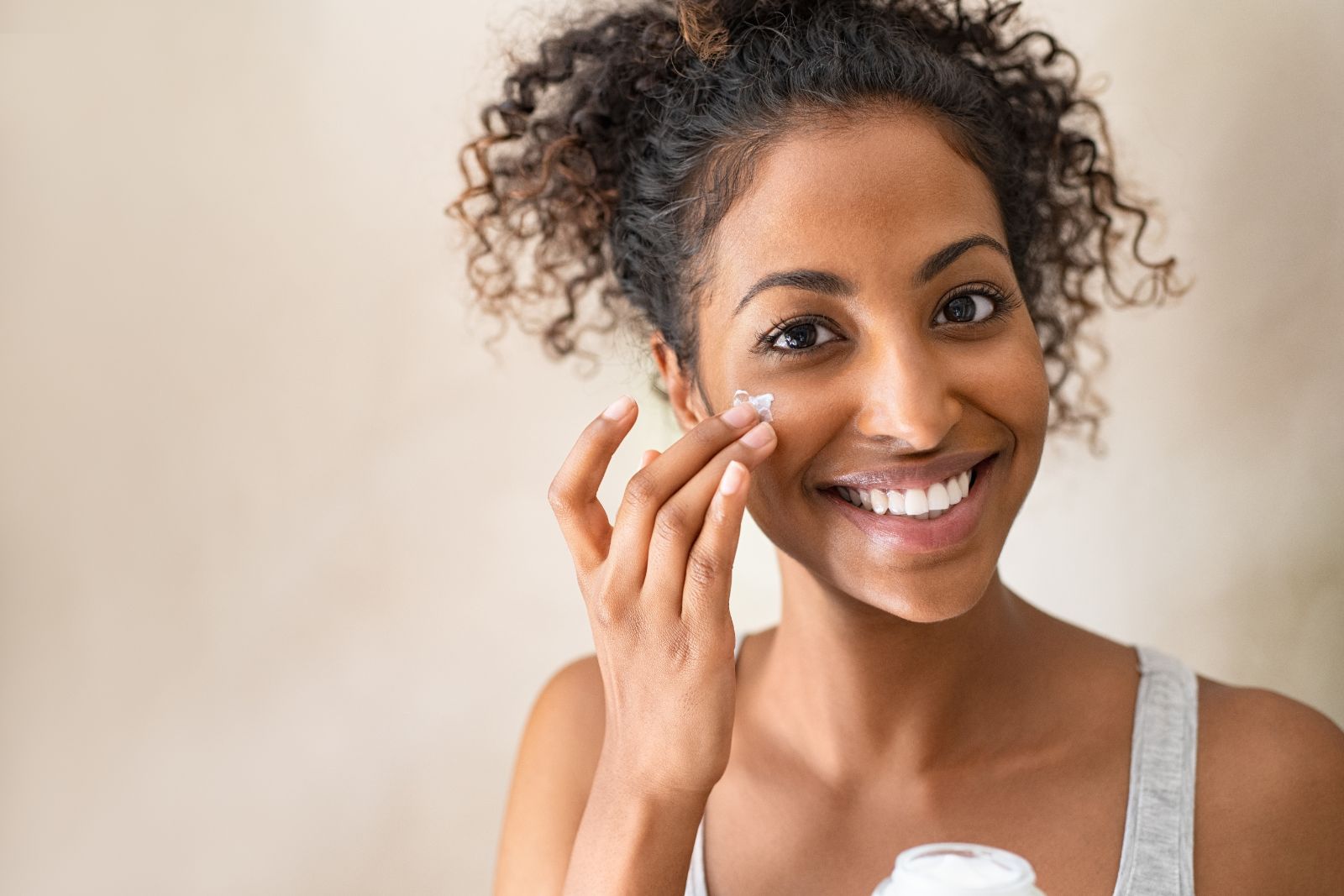
Frequency of Dermaplaning Sessions:
- Dermaplaning can be safely performed every three to four weeks. This frequency allows the skin sufficient time to undergo its natural regeneration process before the next session.
- Regular treatments help maintain the smoothness of the skin and effectiveness in product absorption, contributing to a brighter and more even complexion over time.
Proper aftercare is crucial to maximize the benefits of dermaplaning and maintain a healthier, more radiant complexion. Regular sessions spaced appropriately apart ensure that your skin remains smooth, clear, and vibrant.
Discover Flawless Skin at Aesthetics MedSpa in Reno
Aesthetics MedSpa is renowned for its highly qualified skincare professionals, including board-certified dermatologists who specialize in advanced cosmetic procedures. Our experts use state-of-the-art technologies and techniques, ensuring each dermaplaning session is safe, precise, and tailored to meet individual skin needs.
Advanced Techniques and Technologies
At Aesthetics MedSpa, we leverage cutting-edge equipment and the latest dermaplaning techniques to provide superior results. Our meticulous approach ensures minimal discomfort and maximizes the rejuvenating effects of the treatment, setting us apart from others in the field.
Book Your Consultation
Experience the transformative effects of dermaplaning at Aesthetics MedSpa. We invite you to book a consultation and discover how our personalized treatments can bring out the natural beauty of your skin. Visit us in Reno and see firsthand why we are a leader in advanced skincare solutions.

